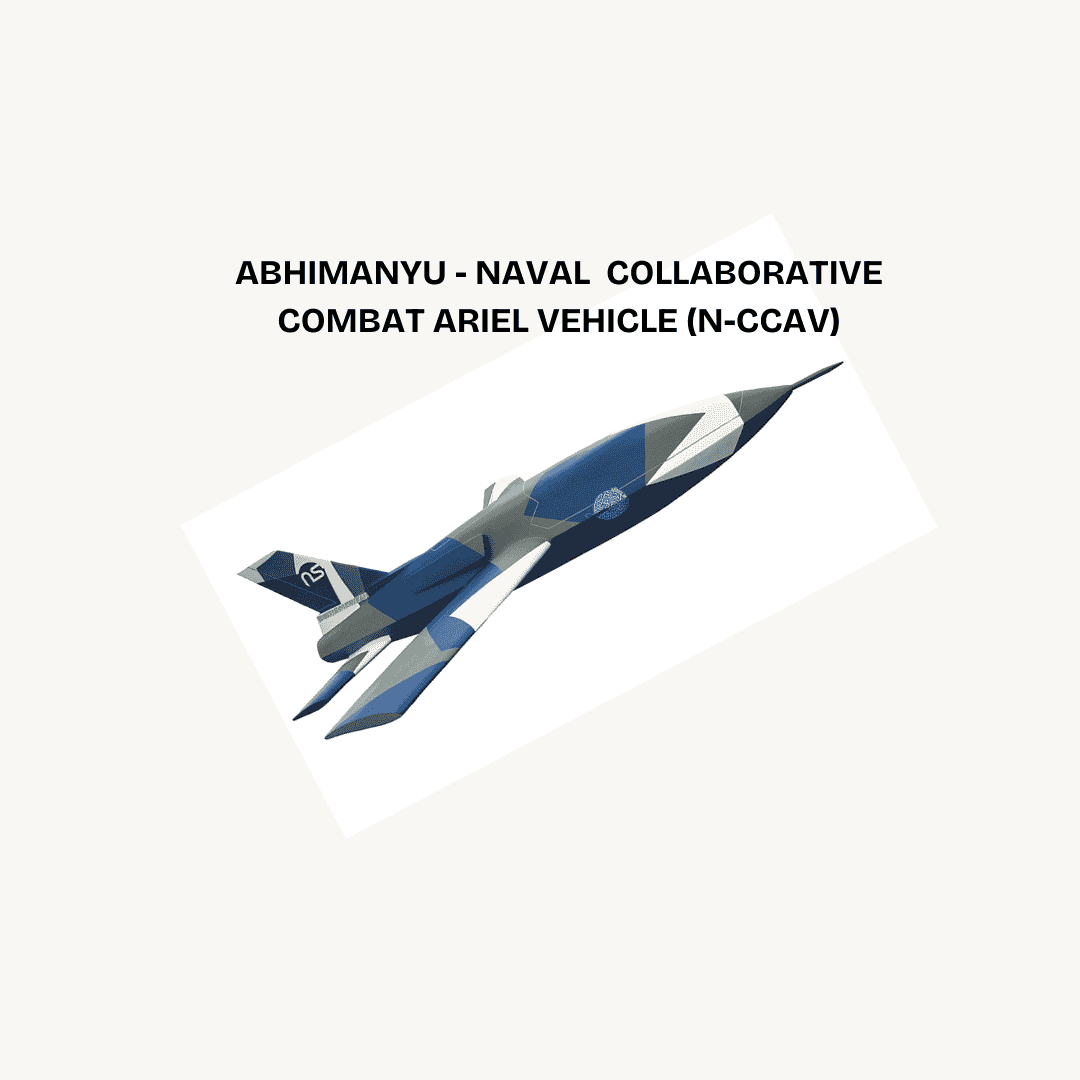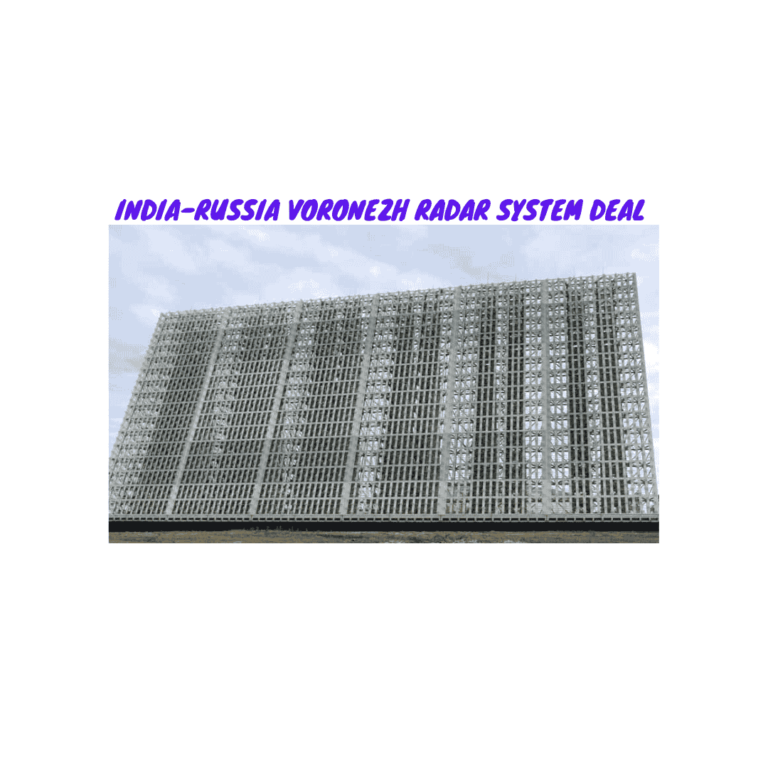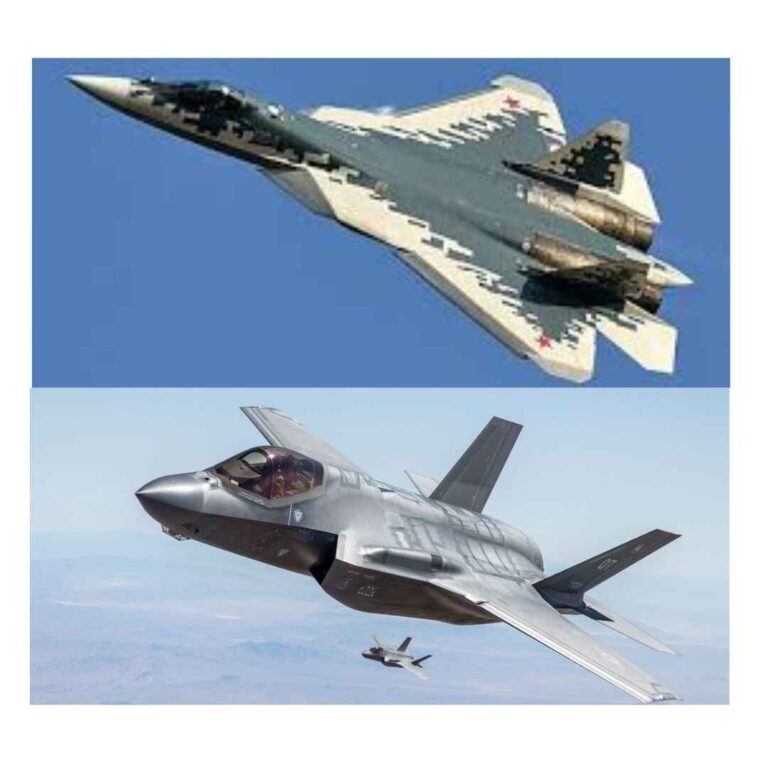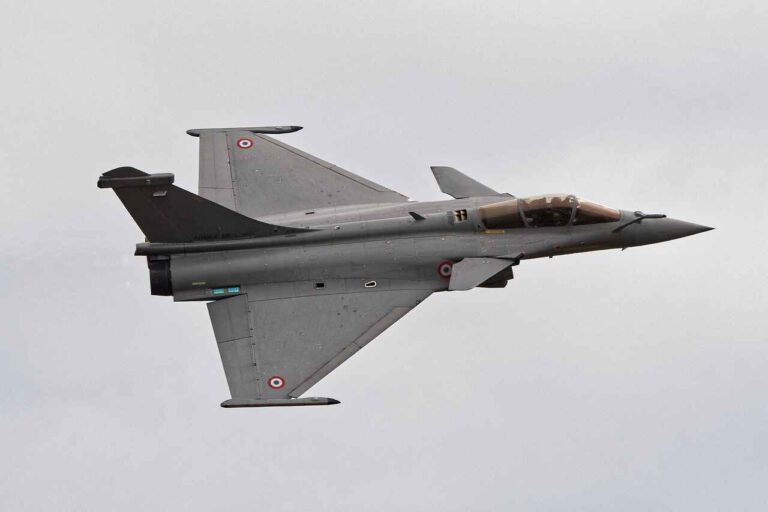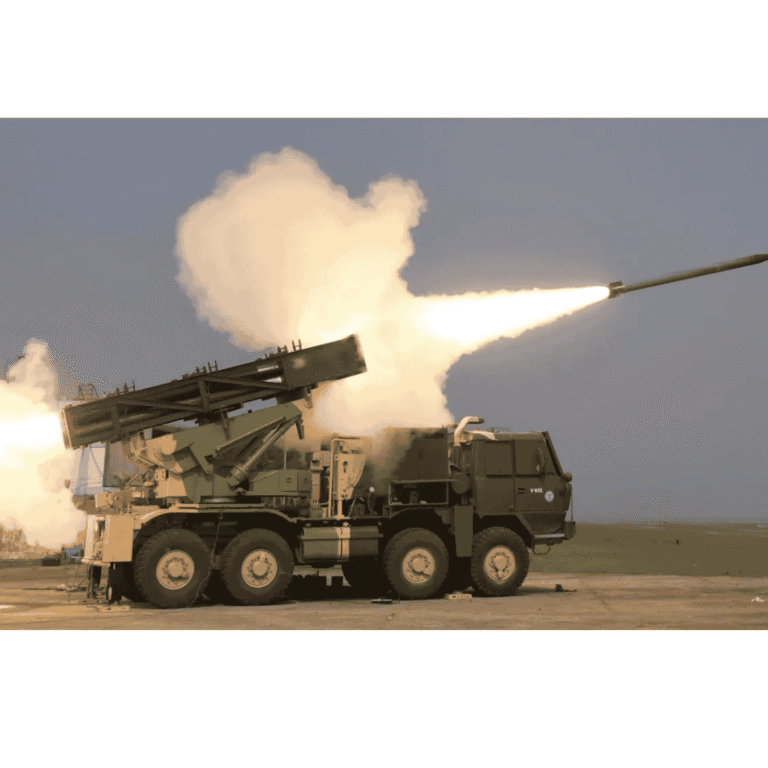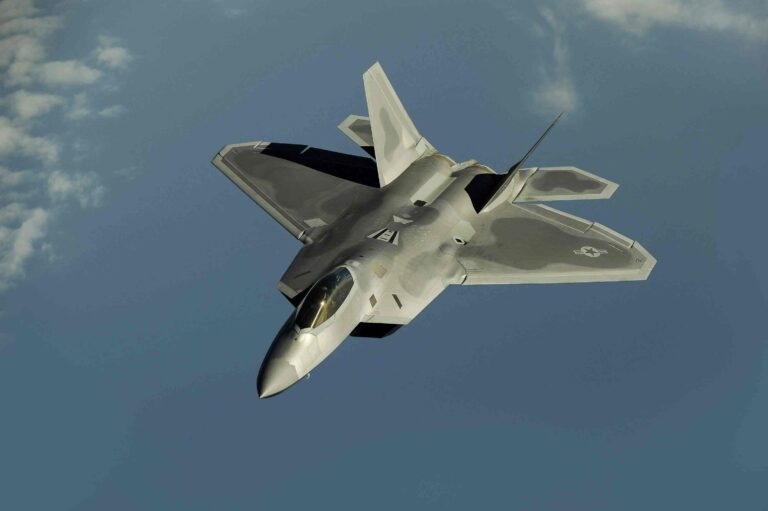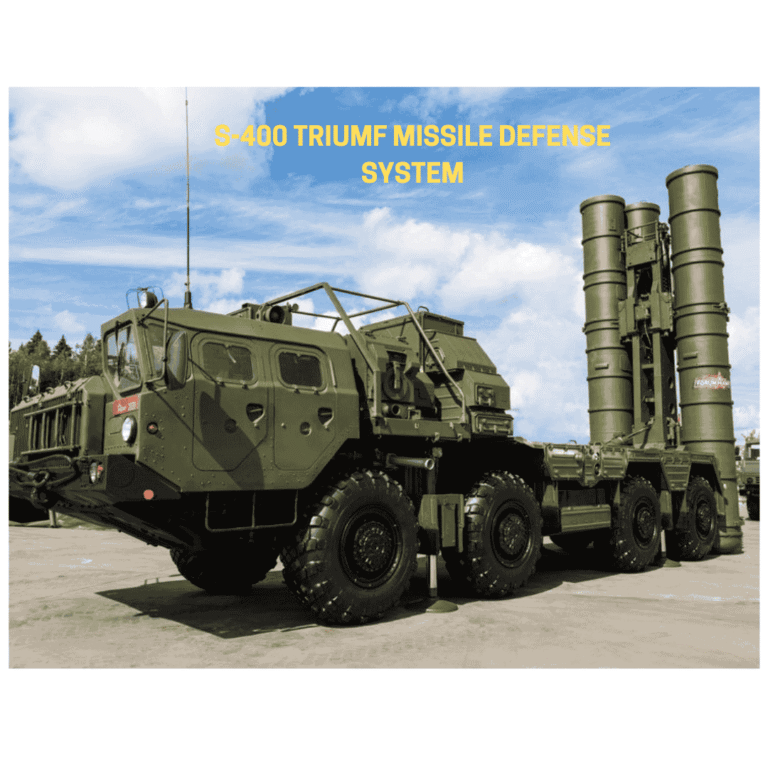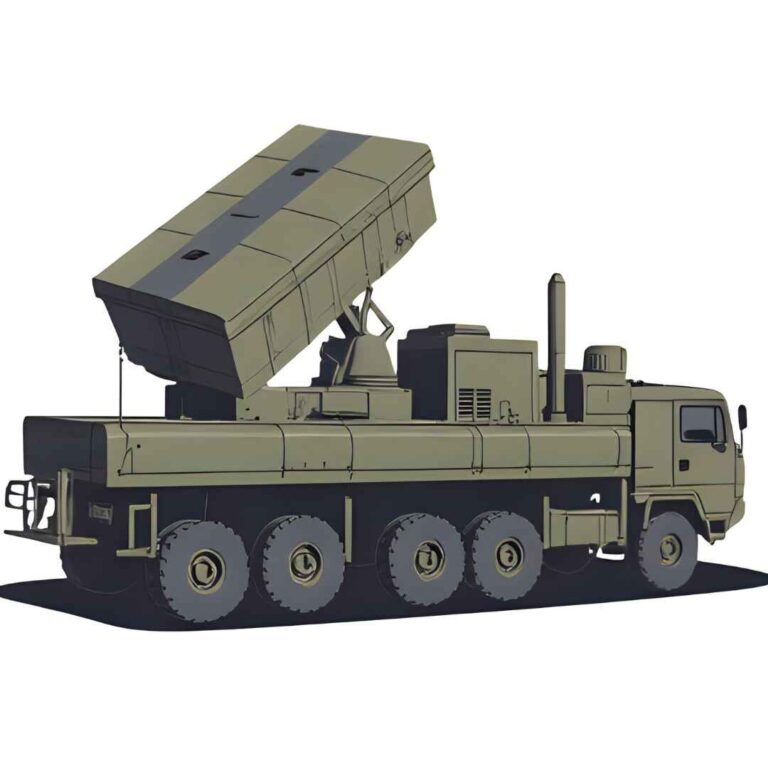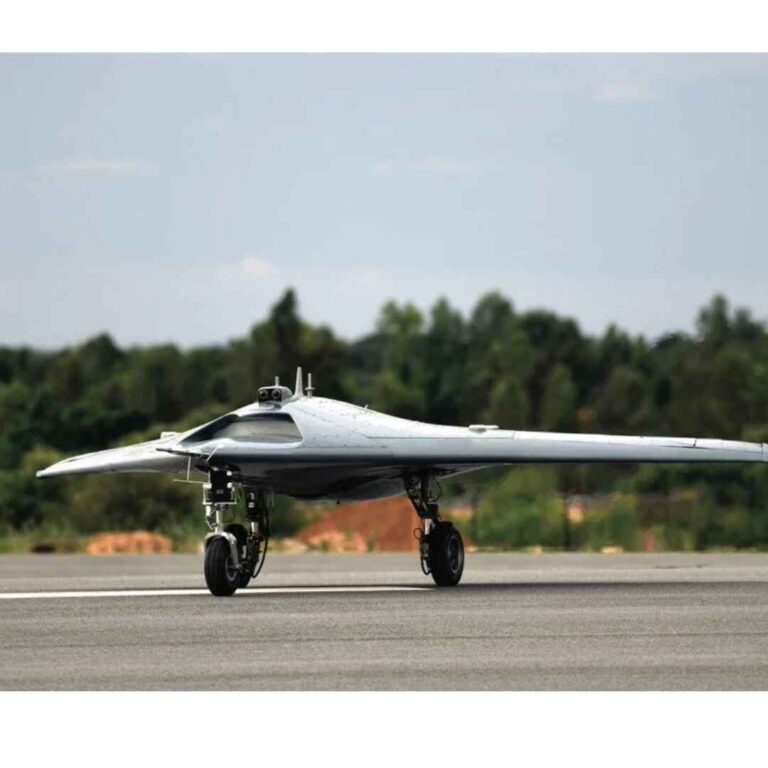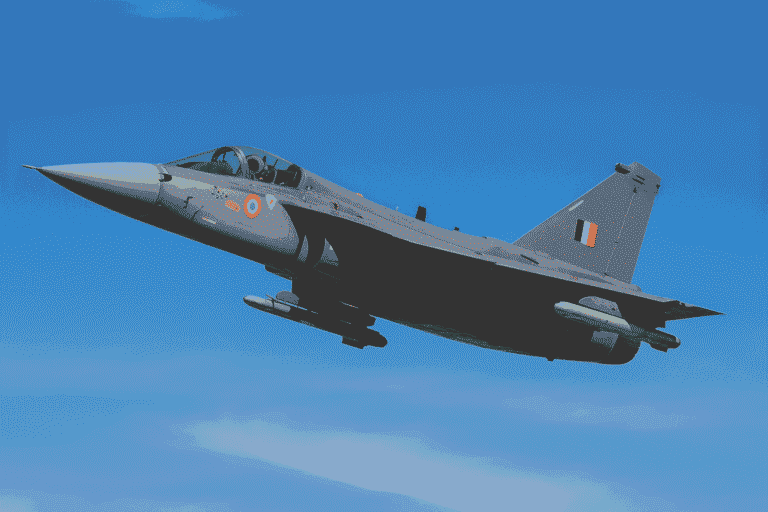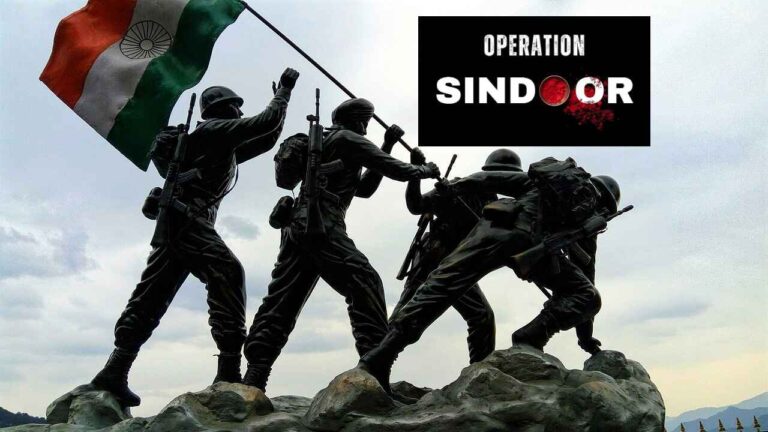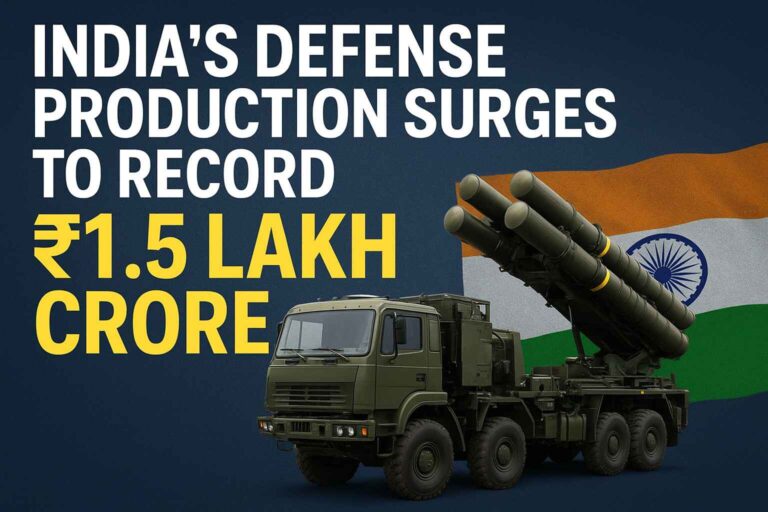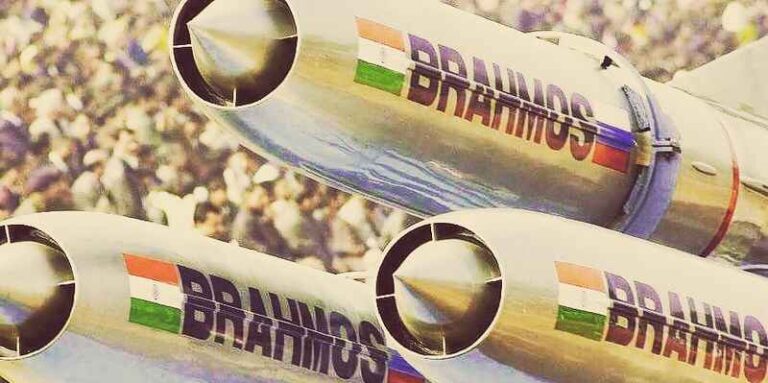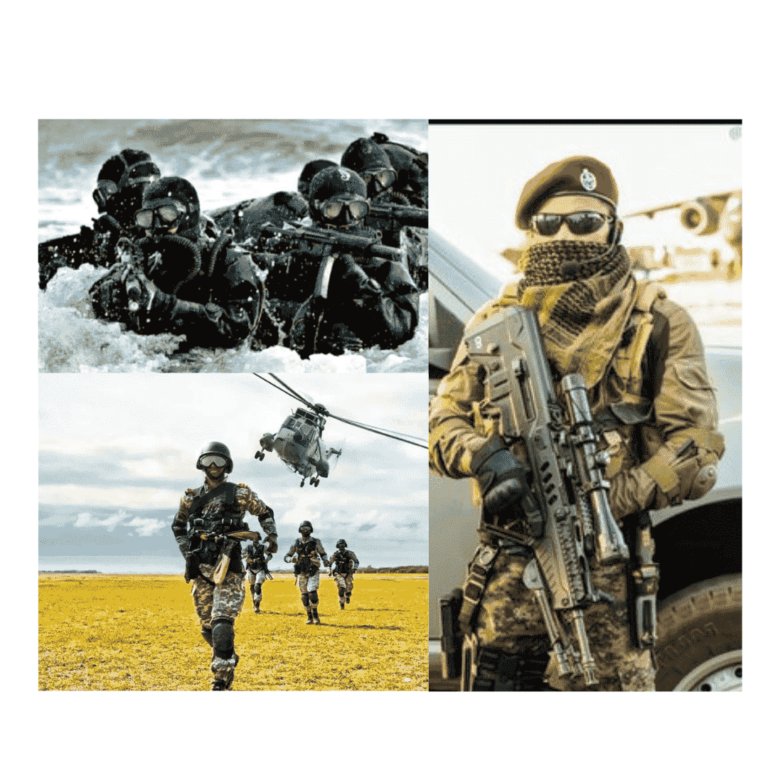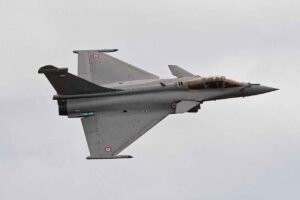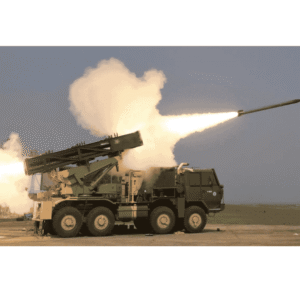Introduction
The Abhimanyu Naval Collaborative Combat Air Vehicle (N-CCAV) represents a significant leap in India’s naval warfare capabilities, marking the country’s foray into autonomous, AI-driven, and stealth-enabled unmanned combat aerial vehicles (UCAVs) designed specifically for naval operations. As the Indian Navy modernizes its fleet and prepares for future warfare scenarios, integrating unmanned assets into its carrier strike groups and maritime operations has become a strategic necessity.
The Abhimanyu N-CCAV is envisioned as an advanced, AI-powered unmanned aerial system capable of operating alongside manned fighters in a loyal wingman role, conducting independent missions, and enhancing force projection in the Indian Ocean Region (IOR). Developed as part of India’s broader indigenous defense initiatives, this platform aims to bolster the Navy’s network-centric warfare capabilities, offering a blend of stealth, precision strike, electronic warfare (EW), and intelligence-gathering functions.
With the increasing use of Collaborative Combat Air Vehicles (CCAVs) by leading military powers such as the US, China, and Europe, India’s Abhimanyu N-CCAV underscores its commitment to remaining at the forefront of next-generation naval aviation.
The development of the Abhimanyu Naval Collaborative Combat Air Vehicle (N-CCAV) is driven by the Indian Navy’s evolving operational requirements and the global shift towards autonomous, networked, and AI-enabled combat aviation. With the increasing complexity of modern naval warfare, integrating unmanned combat aerial vehicles (UCAVs) into carrier-based operations has become a strategic priority for major military powers, including India.
Design and Technological Features
The Abhimanyu Naval Collaborative Combat Air Vehicle (N-CCAV) is envisioned as a next-generation stealthy, AI-driven, and highly autonomous combat drone designed to operate alongside manned fighter jets and independently conduct maritime strike missions. The technological advancements incorporated into its design will make it a critical force multiplier for the Indian Navy’s Carrier Battle Groups (CBGs) and network-centric warfare.
Stealth and Low Observability
- Radar Cross-Section (RCS) Reduction: The Abhimanyu N-CCAV will feature a stealth-optimized airframe, incorporating radar-absorbing materials (RAM) and a sleek, angular design to minimize its detectability.
- Internal Weapons Bay: To reduce radar signature, the drone will house its weapons within an internal bay, similar to stealth fighters.
- Exhaust and Infrared (IR) Signature Suppression: Advanced heat management systems will lower its thermal signature, making it harder to detect using infrared sensors.
AI-Driven Autonomy and Network-Centric Warfare
- Collaborative Combat AI: Equipped with advanced Artificial Intelligence (AI) algorithms, Abhimanyu N-CCAV will operate as a loyal wingman alongside naval fighters like MiG-29K and future TEDBF (Twin Engine Deck-Based Fighter), assisting in combat and decision-making.
- Swarm Warfare Capabilities: AI-driven multi-drone coordination will enable swarm tactics for saturating enemy defenses and executing coordinated attacks.
- Autonomous Target Recognition: The UCAV will be capable of independent target identification and engagement, reducing pilot workload and response time in fast-paced combat environments.
Combat and Payload Capabilities
Multi-Role Strike Capabilities: The N-CCAV is expected to carry out various missions, including:
- Engaging enemy warships and submarines with precision-guided munitions (PGMs).
- Supporting naval fighter jets in aerial engagements with Beyond Visual Range (BVR) missiles.
- Neutralizing enemy radars and missile systems.
Weapon Loadout: The UCAV will support a range of advanced weapons, such as:
- BrahMos-NG (Next-Gen) – Hypersonic cruise missile for maritime and land strikes.
- Astra BVR Missiles – For air dominance missions.
- Smart Anti-Airfield Weapons (SAAW) – Precision-guided bombs for strategic strikes.
Electronic Warfare (EW) Capabilities: The N-CCAV will feature electronic countermeasures (ECM) to disrupt enemy communications and radar systems, enhancing survivability.
Endurance, Range, and Propulsion
- Extended Operational Range: Designed for long-endurance missions, the N-CCAV will likely have an operational range of 1,500–2,500 km, making it ideal for deep maritime strikes and extended patrols.
- Aerial Refueling Capability: Future variants could incorporate air-to-air refueling systems to extend mission duration.
- Jet-Powered Propulsion: The drone will feature a turbofan engine, providing high-speed maneuverability and efficient fuel consumption.
Carrier-Based Operations and STOL Capabilities
- Arrestor Hook and CATOBAR/STOBAR Compatibility: The Abhimanyu N-CCAV will be engineered for operations from INS Vikrant (STOBAR) and future INS Vishal (CATOBAR) aircraft carriers.
- Foldable Wings for Compact Storage: To optimize space on the aircraft carrier, the drone could feature foldable wings like carrier-based fighter jets.
- Automated Carrier Landing System (ACLS): AI-powered precision landing and takeoff for seamless carrier operations.
Sensor Suite and Situational Awareness
- Advanced AESA Radar: Equipped with an Active Electronically Scanned Array (AESA) radar, enhancing tracking and targeting capabilities.
- Electro-Optical/Infrared (EO/IR) Sensors: Providing high-resolution surveillance, reconnaissance, and target identification in all weather conditions.
- Data Link and SATCOM Integration: Real-time communication with naval command centres, fighters, and other unmanned systems, ensuring seamless battlefield connectivity.
Comparison with Global Naval UCAV Programs
The Abhimanyu Naval Collaborative Combat Air Vehicle (N-CCAV) places India in an elite group of nations developing autonomous, stealthy, and carrier-capable unmanned combat aerial vehicles (UCAVs) for naval warfare. To evaluate its potential impact, it is important to compare it with other advanced naval UCAV programs worldwide.
MQ-25 Stingray (United States)
Developer: Boeing | User: U.S. Navy
Features
- Carrier-Based Aerial Refueling – Designed primarily to refuel fighter jets like the F/A-18 Super Hornet and F-35C.
- Stealthy Design – Features low observability, though not optimized for combat roles.
- ISR Capabilities – Can conduct reconnaissance and extend the sensor range of naval assets.
- CATOBAR Compatibility – Operates from Nimitz- and Ford-class aircraft carriers.
GJ-11 ‘Sharp Sword’ (China)
Developer: AVIC | User: People’s Liberation Army Navy (PLAN)
Features
- Stealthy Flying-Wing Design – Low radar signature, optimized for penetration strikes.
- Precision Strike Capability – Can carry guided bombs and cruise missiles.
- Autonomous Operation – Limited AI networking compared to collaborative combat drones.
- Carrier Compatibility (Expected) – Likely to operate from China’s Fujian-class CATOBAR carriers.
S-70 Okhotnik-B (Russia)
Developer: Sukhoi | User: Russian Navy & Air Force
Features
- Heavy UCAV – Larger than most naval UCAVs, offering significant payload capacity.
- Stealth Technology – Uses radar-absorbing coatings and a flying-wing design.
- Loyal Wingman Role – Designed to operate alongside Su-57 stealth fighters.
- Carrier Operations (Uncertain) – Primarily an air force asset, but potential naval adaptation exists.
Dassault nEUROn (Europe)
Developer: Dassault Aviation | Users: France, Sweden, Spain, Italy, Greece, Switzerland
Features
- Stealth-Oriented Flying-Wing Design – Extremely low radar signature.
- Autonomous Precision Strike – Designed for air-to-ground missions.
- Multinational Collaboration – Joint European effort for future UCAV integration.
- Naval Operations (Limited) – Primarily an air force asset, with potential for maritime use.
| Feature | Abhimanyu N-CCAV (India) | MQ-25 Stingray (USA) | GJ-11 ‘Sharp Sword’ (China) | S-70 Okhotnik (Russia) | Neuron UCAV (Europe) |
| Origin | India (DRDO, ADA, HAL) | USA (Boeing) | China (AVIC) | Russia (Sukhoi) | EU (Dassault, Airbus) |
| Primary Role | Stealth UCAV, Carrier Ops, Combat Support | Carrier-Based Aerial Refueling & ISR | Stealth UCAV, Strike & Reconnaissance | Heavy Stealth UCAV, Strike Support | Stealth UCAV, Tech Demonstrator |
| Stealth Design | Yes (Low RCS, Internal Weapons Bay) | Moderate (Not fully stealth) | Yes (Flying Wing, RAM Coating) | Yes (Flying Wing, Low RCS) | Yes (Flying Wing) |
| Carrier Compatibility | Yes (STOBAR/CATOBAR) | Yes (CATOBAR) | Unknown (Land-based & Carrier Concept) | No (Land-based) | No (Tech Demo) |
| Autonomous AI & Swarming | Yes (AI-driven teaming, Swarm Capability) | Limited AI (Mostly Remote Ops) | Limited AI (Assumed for Coordinated Ops) | AI-assisted but primarily remote | No (Tech Demo) |
| Operational Range | ~1,500–2,500 km | ~1,000 km | ~1,500+ km | ~3,000 km | ~1,000 km |
| Speed | ~Mach 0.8-0.9 | Subsonic (~Mach 0.6) | ~Mach 0.8 | ~Mach 0.9 | Subsonic |
| Weapons & Payload | BVR Missiles, PGMs, Anti-Ship Missiles | No Weapons (Refueling Tanker) | PGMs, Precision Strike Missiles | Heavy Air-to-Ground Missiles | None (Tech Demo) |
| Sensor & ISR Capabilities | AESA Radar, EO/IR, EW Suite | ISR Suite, Tanker Role | EO/IR, AESA Radar | AESA Radar, EO/IR | Limited (Tech Demo) |
| Production Status | In Development (Concept Stage) | In Testing, Limited Deployment | Limited Deployment (PLA Use) | Testing (Operational by 2025) | Tech Demonstrator |
| Entry Into Service | 2030 (Projected) | 2025-2026 | Unknown | 2025-2026 | N/A (Demonstrator) |
Conclusion
The Abhimanyu Naval Collaborative Combat Air Vehicle (N-CCAV) represents a major step forward in India’s pursuit of next-generation naval aviation and autonomous warfare. As the Indian Navy expands its carrier battle group capabilities, the integration of AI-driven, stealthy, and networked UCAVs will be crucial in ensuring dominance over the Indian Ocean Region (IOR) and countering emerging threats from adversarial navies.
The N-CCAV’s advanced design, featuring stealth, multi-role combat capabilities, AI-driven collaboration, and naval carrier compatibility, positions it as a game-changing asset for the Indian Navy. Its ability to conduct high-risk missions, including maritime strikes, reconnaissance, electronic warfare, and swarm tactics, will significantly enhance India’s power projection capabilities.
When compared to global naval UCAV programs, Abhimanyu N-CCAV stands out for its carrier-focused operations, indigenous development, and AI-driven autonomous combat capabilities. While the program is still in the development stage, its success could place India among the select group of nations capable of deploying carrier-based UCAVs for next-generation naval warfare.
As naval combat continues evolving towards greater automation and network-centric warfare, the Abhimanyu N-CCAV is set to play a pivotal role in India’s maritime security strategy, ensuring superior airpower, operational flexibility, and strategic deterrence in an increasingly contested Indo-Pacific theater.

